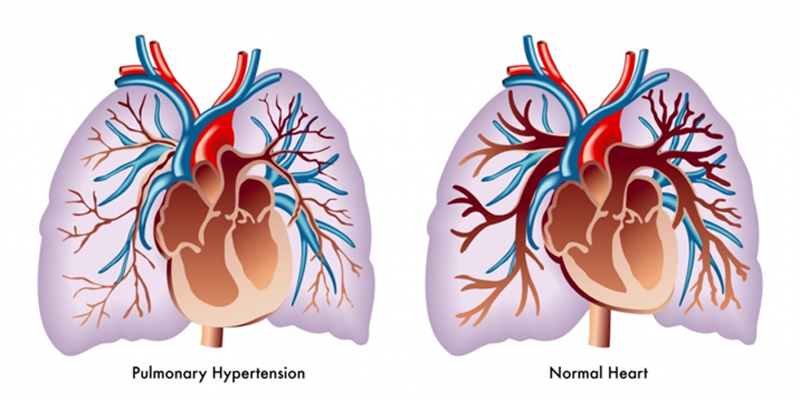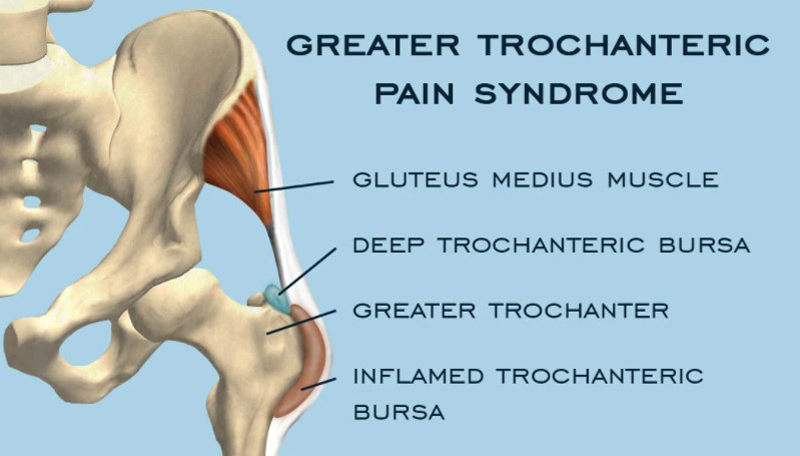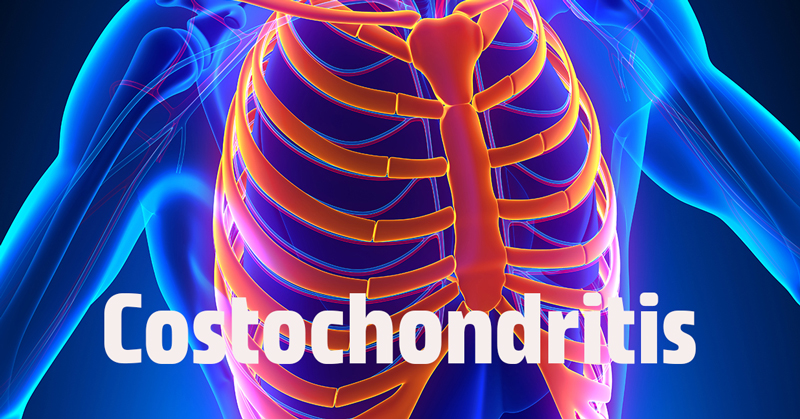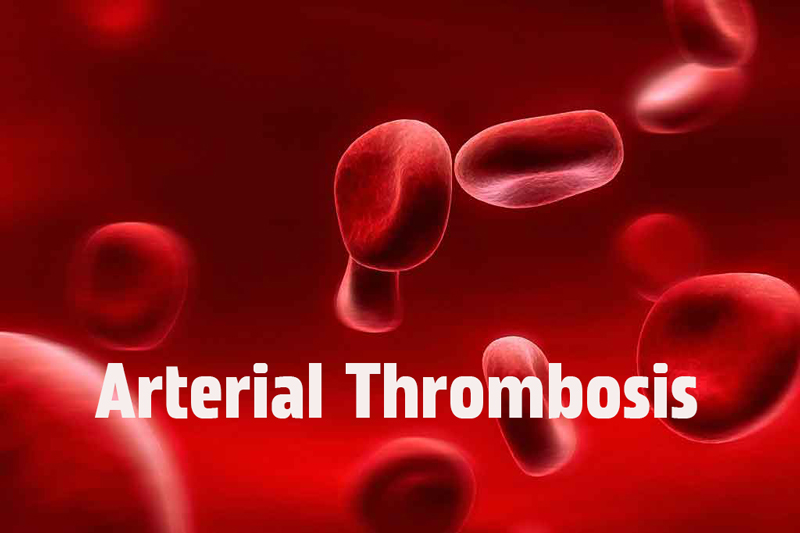Thyroid Eye Disease - Causes, Symptoms and Treatment
Sept. 26, 2023 #Eye Health
Introduction
The human body is an intricate symphony of interconnected systems, and when one element falls out of harmony, it can have cascading effects. Thyroid Eye Disease (TED), also known as Graves' Ophthalmopathy, is one such condition that can disrupt the balance of the body. In this article, we will delve into TED, understanding its definition, exploring the causes, detailing its symptoms, available treatments, and essential preventive measures to mitigate its impact.
Defining Thyroid Eye Disease (TED)
Thyroid Eye Disease (TED) is an autoimmune disorder characterized by inflammation and swelling of the tissues around the eyes. This condition typically occurs in individuals with an overactive thyroid gland (hyperthyroidism) due to an autoimmune condition called Graves' disease. However, TED can also occur in people with normal thyroid function.
Causes of Thyroid Eye Disease
TED is primarily associated with Graves' disease, an autoimmune disorder where the immune system mistakenly attacks the thyroid gland. The exact cause of this autoimmune response is not fully understood, but it is believed to involve a combination of genetic, environmental, and immunological factors. When the immune system targets the thyroid gland, it can also mistakenly target the tissues around the eyes, leading to TED.
Symptoms of Thyroid Eye Disease
The symptoms of Thyroid Eye Disease can vary in severity from mild to severe and may include:
Bulging Eyes (Proptosis): One of the hallmark symptoms of TED is the protrusion of one or both eyes. This is often the result of swollen eye muscles and tissues behind the eye.
Redness and Irritation: Individuals with TED may experience redness, itching, and irritation in and around the eyes.
Double Vision (Diplopia): The swelling of eye muscles can lead to misalignment of the eyes, causing double vision.
Dry Eyes: TED can affect the tear-producing glands, resulting in dry and gritty eyes.
Puffy Eyelids: Swollen tissues can cause eyelids to become puffy and may lead to difficulty closing the eyes completely.
Light Sensitivity: Increased sensitivity to light (photophobia) is common among TED patients.
Limited Eye Movement: Some individuals may experience limited movement of the eyes due to swollen eye muscles.
Vision Changes: In severe cases, TED can lead to vision loss, particularly if the optic nerve is compressed.
Treatments for Thyroid Eye Disease
Treatment for TED aims to manage symptoms, reduce inflammation, and protect eye function. The specific treatment plan may vary depending on the severity of the condition, but common approaches include:
Medications: Corticosteroids, either orally or through intravenous infusion, are often prescribed to reduce inflammation during active TED flare-ups.
Eye Drops: Lubricating eye drops can help relieve dry eyes and reduce discomfort.
Eyelid Care: Gentle eyelid hygiene and warm compresses can alleviate symptoms like redness and puffiness.
Prism Lenses: For double vision, prism lenses in eyeglasses can help correct vision alignment.
Orbital Decompression Surgery: In severe cases with significant eye protrusion and compression of the optic nerve, surgical intervention may be necessary to create more space within the eye socket.
Eyelid Surgery (Blepharoplasty): Cosmetic or functional eyelid surgery can be performed to correct lid retraction and improve eye closure.
Radiation Therapy: In some instances, radiation therapy may be considered to reduce inflammation in the eye tissues.
Preventive Measures for Thyroid Eye Disease
While TED cannot always be prevented, individuals with Graves' disease or a family history of thyroid disorders can take certain measures to reduce their risk or minimize the impact of the condition:
Thyroid Management: Effective management of hyperthyroidism with medications, radioiodine therapy, or surgery can help reduce the risk of TED or its severity.
Regular Check-ups: Routine check-ups with an endocrinologist or ophthalmologist can help detect thyroid dysfunction and eye-related symptoms early.
Avoid Smoking: Smoking has been linked to an increased risk of developing TED and exacerbating its symptoms. Quitting smoking is crucial.
Stress Management: Chronic stress can worsen autoimmune conditions. Adopting stress-reduction techniques like meditation or yoga can be beneficial.
Eye Protection: If you have TED, wearing sunglasses and using artificial tears can help protect your eyes from harsh environmental conditions.
Balanced Diet: A healthy diet rich in nutrients can support overall health, including the immune system.
Conclusion
Thyroid Eye Disease (TED) can be a challenging condition, affecting both the physical appearance and visual function of individuals. While it is often associated with Graves' disease, it can also occur in people with normal thyroid function.
Understanding the causes, recognizing the symptoms, and seeking early treatment are crucial steps in managing TED. Furthermore, taking preventive measures, particularly in individuals at higher risk, can help reduce the impact of this autoimmune disorder on eye health and overall well-being. By promoting awareness and adopting a proactive approach, individuals can better navigate the complexities of TED and its relationship with thyroid function.








COMMENTS